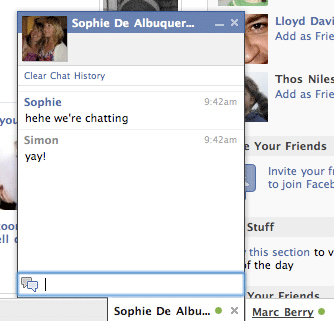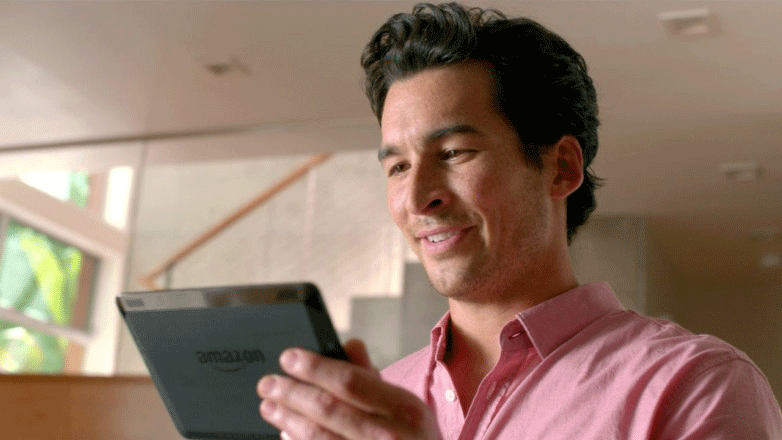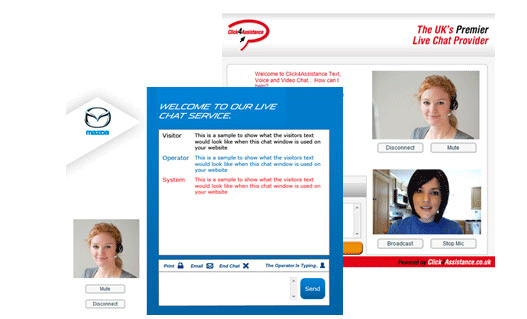In five years’ Facebook will “probably” be “all video”, reported Facebook’s Head of Operations in Europe, the Middle East and Africa, Nicola Mendelsohn. She commented “we’re seeing a year-on-year decline of text… If I was having a bet I’d say: video, video, video.” Given that video is a richer source for presenting advertising, Facebook’s tactical plan will be to carry on endorsing video on its platform favoring it over other kinds of content.
Speaking at a conference held in London 14th June 2016, Mendelsohn asserted that “The best way to tell stories in this world, where so much information is coming at us, actually is video.” She goes on to say “It conveys so much more information in a much quicker period. So actually the trend helps us to digest much more information.”
Facebook Influence
As of April 2016 Facebook continues to be the market leader, and is the first social media platform to exceed 1 billion registered accounts, with 1.59 billion active users a month.
With this amount of people worldwide using Facebook on a monthly basis, Facebook holds a substantial insight into what people like and dislike. Users were able to communicate with each other via their walls and inboxes; however in 2008 Facebook introduced chat that scrolled with the user as they looked through their timeline, liked pages and friends profiles. The chat window is able to expand and contract under the control of the user.
Visitors’ attention spans are short and they can get easily distracted with other applications and windows open. It was found that users preferred the chat stay in view as they scrolled, and live chat service providers who supply chat to businesses, adopted this type of chat with sticky buttons and embedded windows.
With Facebook looking to put heavier emphasis on video content and the influence they previously have had on users, we can assume it won’t be long until it becomes natural for people to contact others, including businesses, by this means of communication. Apple already achieved success for users contacting each other via FaceTime, however organisations like Amazon have introduced customer service via video to their ways of contacting the company.
Amazon’s Attempt
Launched in October 2013, Amazon introduced the “Mayday” button to their product line of Kindle Fire Tablets, offering live on-screen support 24 hours a day. Amazon described it as “the Mayday button brings your own personal tech advisor directly to your sofa or desk.”
Perhaps the Mayday button hasn’t been used entirely as intended, but some users have had great experiences and other types of questions answered whilst in a video chat with Amazon advisors.
Here are some of the examples that Amazon have released:
- A customer was stuck on a specific Angry Birds level for a week, a tech advisor helped the customer to beat the level.
- A group of friends were in a heated discussion about how to make the perfect peanut butter and jelly sandwich, to end it once and for all and prove whose approach was best they used the mayday button to get an answer.
- Customers have requested advisors to draw for them; this has included happy faces, rainbows, unicorns, fire-breathing dragons, and aliens.
- Someone received a Fire HDX from their boyfriend for their birthday, a tech advisor sang happy birthday to them when trying out the Mayday button.
The Mayday button has been a hit with consumers, Amazon report that more than 75% of support enquiries are now coming through the Mayday service, as customers opt for the human interaction offered by the video feed.
Built to assist with technical support for their kindles, customers can ask absolutely anything and perhaps are using the communication channel for a way to contact the company instantly, as email and phone calls can sometimes prove to be impossible.
How Video Chat Works
Amazon have developed the Mayday button to work from within their product and is fully compatible with their business, however for companies that don’t have access to the level of resources and budget that Amazon has, video chat is still a channel of communication available to online companies.
Providers, who supply video chat to businesses, provide a button script which companies place on their website. Visitors can instigate a video chat upon clicking the button. UK based provider, Click4Assistance’s video chat offers choices, as organisations can decide if they are going for one way feed (operator is on video to the visitor who can view them) or two way feed (both the operator and visitor can use their web cams to communicate with each other.
Operators can connect and disconnect their feed, and they can also mute/unmute their mics, in case they need to refer to a colleague for information. There are safeguards in place, an operator can stop a visitor from broadcasting and can mute their mic just in case a visitor becomes offensive.
A user can broadcast their live video and stop it at any time; they can stop their mic if they wish to use the conjoining text chat instead of speaking, they can also turn off the operator video feed and mute them as they wish.
Although offered for some time by providers alongside other products, Video Chat has never been strong enough to stand alone as it hasn’t received a great uptake. Amazon turned this around slightly, however all eyes will be on Facebook and how their influence will continue to evolve business chat.
Gemma Baker is a Marketing Executive for Click4Assistance


